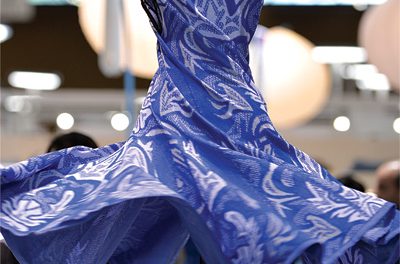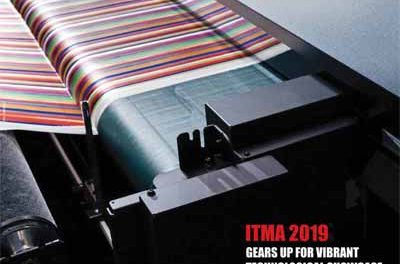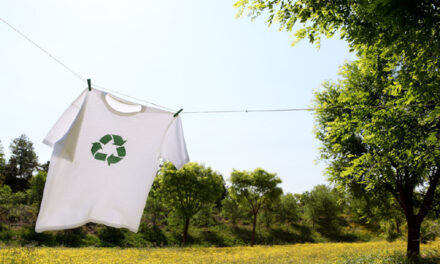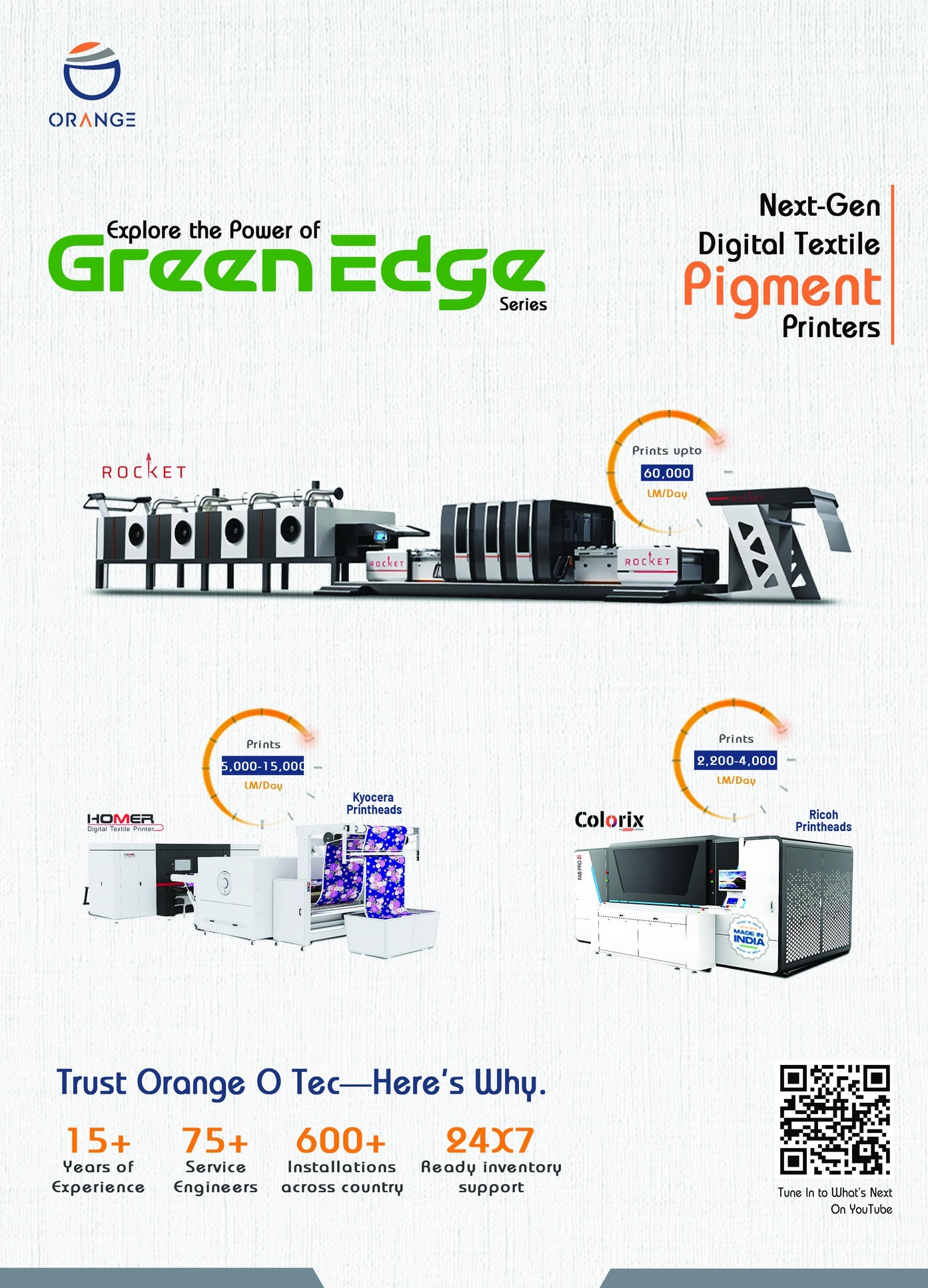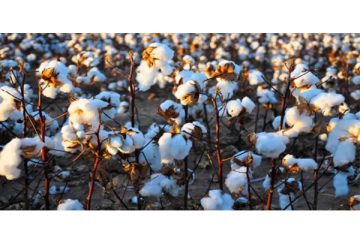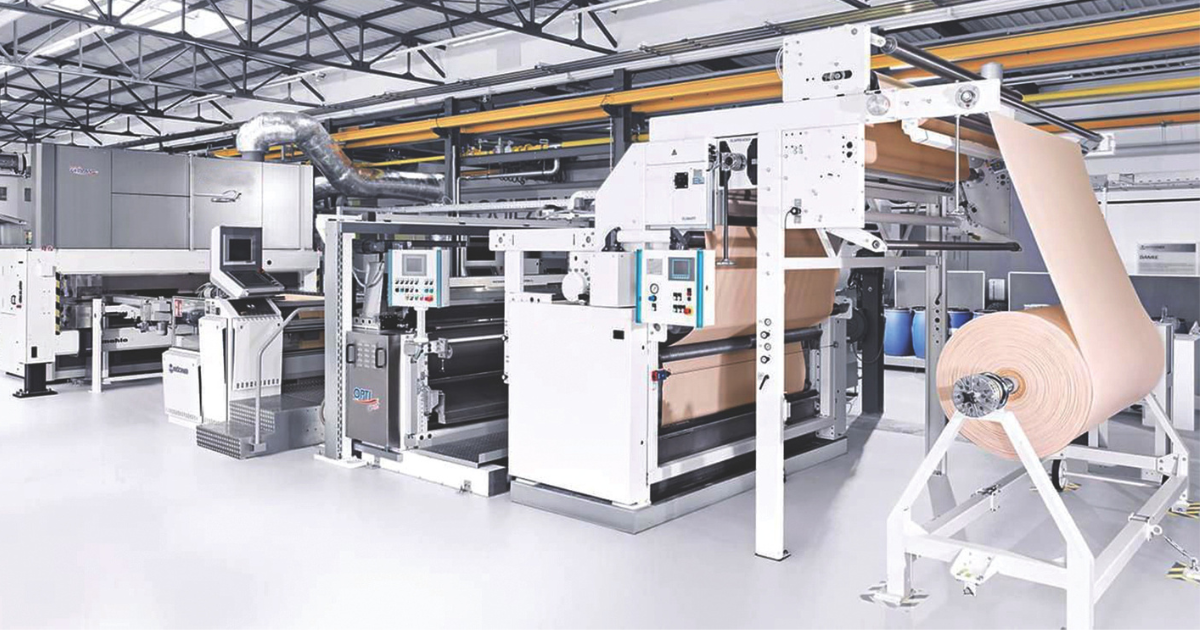
Imagine slipping into a jacket that repels water during a downpour or wearing protective gear that shields against flames and chemicals. These everyday miracles are powered by textile coatings, a rapidly evolving sector that’s transforming fabrics into high-performance materials. The textile coatings industry is on an upward trajectory, driven by innovation and diverse applications across sectors like transportation, healthcare, and construction. With global market values climbing steadily, this industry is not just about enhancing fabrics—it’s about meeting modern demands for durability, sustainability, and functionality. In this blog, we’ll explore the latest growth trends, backed by key insights into market projections, drivers, and opportunities.
Current Market Size and Future Projections
According to the Recent Study by DataM Intelligence the textile coatings market is experiencing robust expansion. Recent estimates show the global market valued at around USD 4.5 billion in 2023, with projections indicating growth to USD 5.69 billion by 2031. This upward trend reflects a compound annual growth rate (CAGR) ranging from 4.2% over the coming years.
This growth is fueled by increasing demand for enhanced textiles in emerging economies and developed regions alike. For instance, the market’s expansion from historical data starting in 2018 highlights a consistent rise, with forecasts extending through 2033. As industries prioritize performance features like waterproofing and fire resistance, the sector’s value is set to increase, offering a clear picture of its economic potential.
Key Drivers Fueling Industry Growth
Several factors are propelling the textile coatings market forward. One major driver is the advancement in coating technologies, including nanotechnology based solutions, breathable coatings, and self-cleaning formulations. These innovations allow textiles to offer superior protection while maintaining comfort, meeting consumer preferences for multifunctional fabrics.
Another significant push comes from the rising demand for technical textiles. In sectors like transportation and protective clothing, there’s a growing need for materials that provide durability, lightweight properties, and resistance to environmental factors. Urbanization and lifestyle changes, particularly in Asia Pacific countries, are amplifying this demand, as efficient industrial infrastructure supports broader applications.
Environmental sustainability is also a key influencer. The shift toward eco-friendly coatings, such as bio-based and water-based options, is driven by stringent regulations and consumer awareness. These alternatives reduce volatile organic compound (VOC) emissions and promote biodegradability, aligning with global standards for greener products.
Additionally, the expansion of outdoor recreational activities, luxury apparel, and smart textiles integrated with wearable technology is boosting the market. From antimicrobial coatings in healthcare to UV-protective fabrics in fashion, these drivers are creating a fertile ground for sustained growth.
Emerging Trends and Innovations in Textile Coatings
The industry is buzzing with trends that highlight its innovative edge. A prominent shift is toward sustainable practices, with a focus on plant-based products, recycled materials, and low-carbon footprint solutions. This includes the development of bio-based polyurethane dispersions that serve as green alternatives to traditional fossil-based materials.
Innovations in smart textiles are another hot trend. Textiles with integrated sensors, self-cleaning properties, and temperature-regulating features are gaining traction in healthcare, sportswear, and military applications. For example, antimicrobial and water-repellent coatings are becoming standard in public health and outdoor gear, enhancing hygiene and performance.
Technological advancements in manufacturing, such as digital printing, 3D printing, and precision coating methods like evaporation and sputtering, are streamlining production. These methods ensure uniform protection, material efficiency, and reduced waste, particularly in high-demand areas like electronics and automotive.
The rise of flexible, lightweight textiles is also noteworthy. Driven by needs in renewable energy and agriculture, coated fabrics are being used for thermal insulation, geotextiles, and weather-resistant materials. Overall, these trends underscore a move toward high-performance, eco-conscious textiles that cater to modern lifestyles.
Challenges and Restraints Hindering the Market Growth
Despite the positive outlook, the industry faces hurdles. Stringent environmental regulations on chemical usage, product safety, and disposal pose barriers, especially for non-biodegradable coatings. Compliance requires ongoing innovation, favoring established players over newcomers.
Textile waste and recycling issues are significant, as chemical compounds in coatings complicate circular economy efforts. The threat from bio-based alternatives also pressures traditional methods to evolve.
Balancing performance with sustainability remains a challenge, particularly in addressing environmental impacts while maintaining high standards for durability and functionality.
Opportunities for Future Expansion
Looking forward, the market brims with opportunities. Growing demand in emerging economies, supported by government incentives and low labor costs, opens doors for expansion. New applications in wearable technology, renewable energy, and advanced agricultural textiles present untapped potential.
The push for eco-friendly innovations, like sustainable polyurethane solutions and defoamers for efficient formulations, allows companies to differentiate. Partnerships, mergers, and R&D investments can further drive market penetration, especially in high-growth regions like Asia Pacific.
Exploring recycled textiles and circular initiatives could mitigate waste challenges while appealing to eco-conscious consumers. Overall, these opportunities position the industry for resilient, long-term growth.
Conclusion: A Bright Horizon for Textile Coatings
The textile coatings industry is thriving, with steady growth projections and a wave of innovations shaping its future. From sustainable advancements to diverse applications, the sector is adapting to global needs for functional, durable fabrics. As drivers like technology and environmental awareness continue to fuel expansion, overcoming challenges will be key to unlocking full potential. For businesses and consumers alike, this evolving landscape promises enhanced products that blend performance with sustainability, ensuring the industry’s relevance in years to come.
(Contributed by DataM Intelligence)

